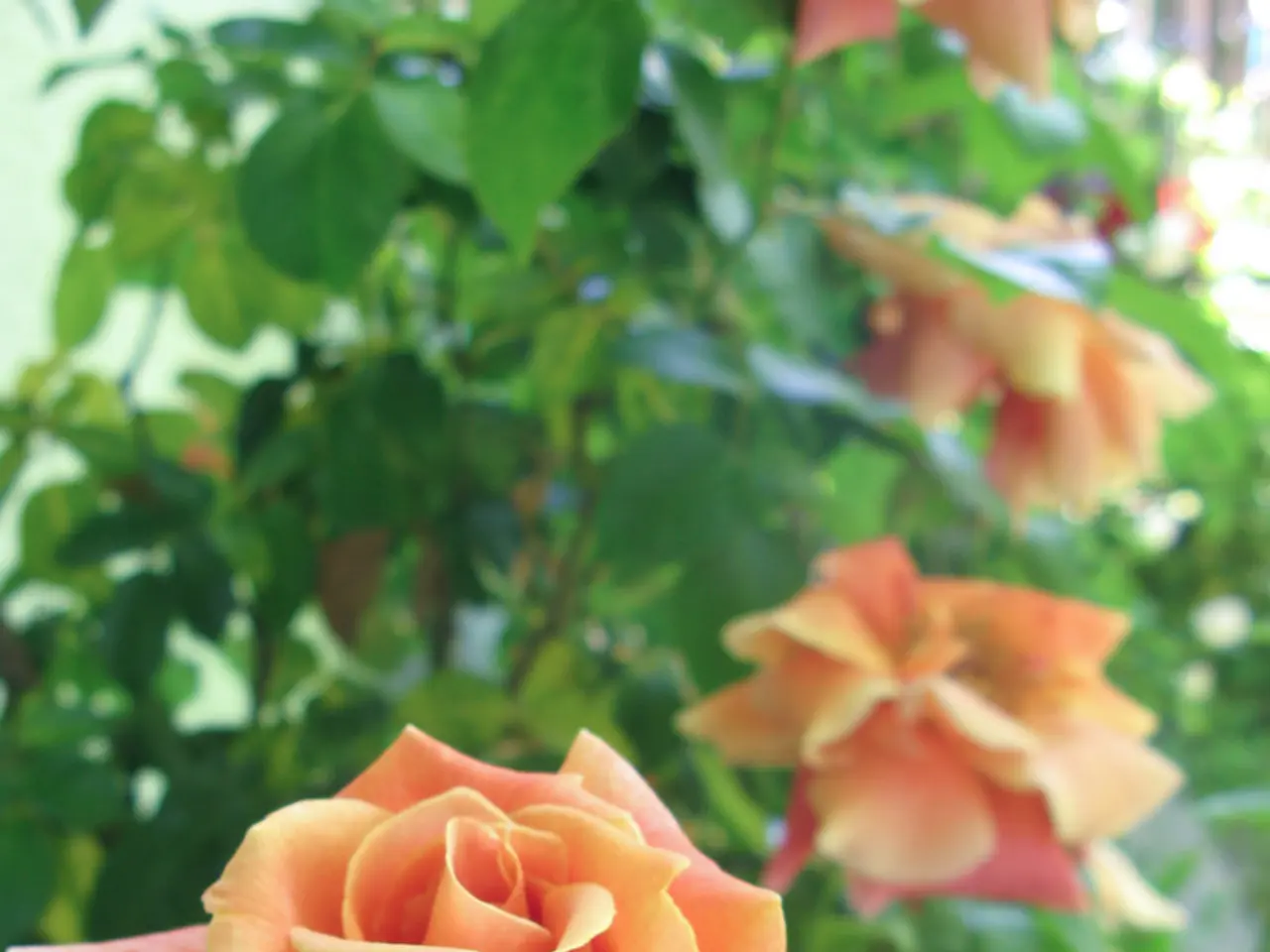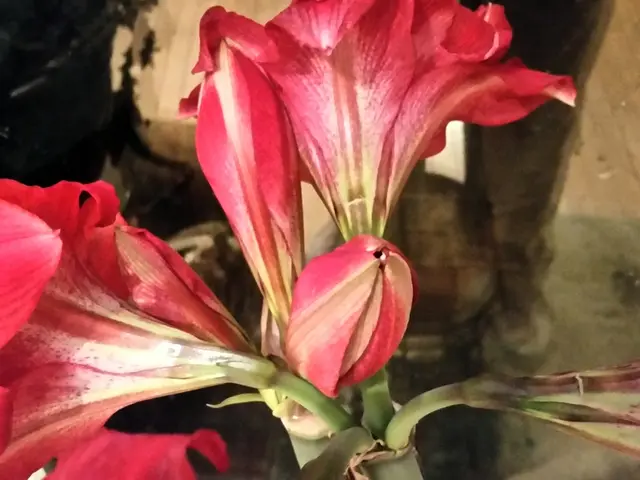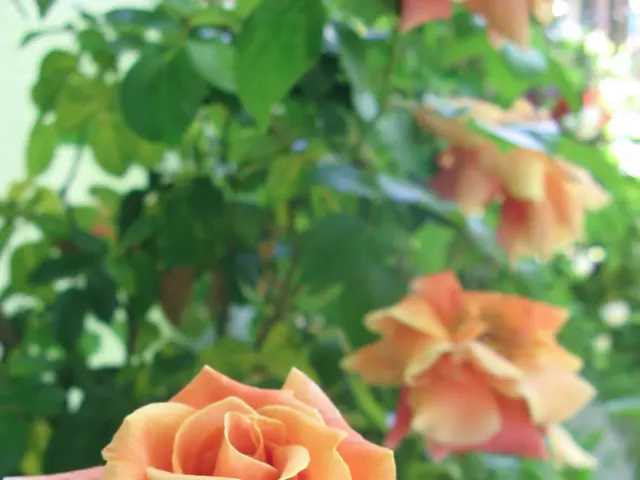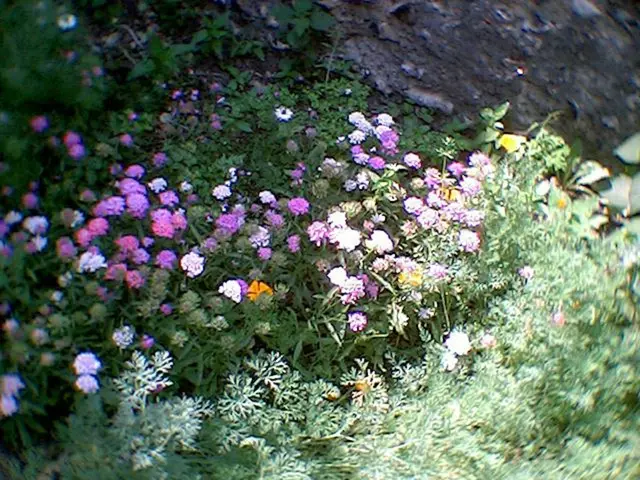Chillin' with Bare Root Roses: A Guide to Planting and Caring for Them
Mastering the Art of Planting Bare Root Roses: Effortless Guide for Enduring Charm
Bare root roses are a simple, affordable way to add vibrant color to your garden or containers — no matter the season. These little twigs may seem unimpressive, but they'll soon sprout into strong, lush plants with stunning springtime blooms.
Ready to learn how to plant these bad boys? It's a cinch, as long as you know the basics of growing roses (and we're not talking about the disco variety here).
The Lowdown on Bare Root Roses
When shopping for plants, "bare root" typically refers to those sold without soil. These dormant, twig-like wonders will be less susceptible to cold damage and transplant stress when it's time to move them into your garden. Rest assured, they'll soon spring to life with plenty of new growth!
Reputable retailers will trim and package bare root roses carefully to help keep their roots wet during transport.
Planting Bare Root Roses: A Step-by-Step Guide
1. Prepare the Soil
First things first: pick a sunny spot in your garden with good drainage, and get digging. Work the soil a few inches deeper than the height of the plant's root ball. Add some compost or well-rotted manure to enrich the soil, and sprinkle slow-release rose fertilizer on top (or try natural alternatives like bone meal, kelp meal, and alfalfa meal).
If you're working with clay soil, mix in some pine bark or leaf mold to improve aeration and drainage.
2. Soak Those Roots
Before planting, soak your bare root roses in a bucket of clean water for at least two hours — better yet, 12 to 24 hours. To amp up their recovery process, toss in a tablespoon or two of Super Thrive, a plant food supplement blend of vitamins and hormones that promotes growth.
3. Dig Those Holes
Dig your planting holes about 18 to 20 inches in diameter and at least 20 inches deep. Fill them halfway with water and let it drain while you soak the roses.
4. Plant 'Em Up
Now it's time to get these roots in the ground! Sprinkle some mycorrhizal fungi over the roots before planting to help boost the plant's root system. Position the shrub in the hole, ensuring the roots are spread out freely. Backfill the soil around the plant and gently firm it down. Water the newly planted rose well.
Caring for Your New Bare Root Roses
Caring for newly planted bare root roses is straightforward. Keep them consistently watered throughout spring, focusing on healthy root development without overdoing it. As the weather warms up, consider adding a layer of mulch (like quality compost or soil conditioner) to help lock in moisture and protect them for winter.
When to Plant Bare Root Roses
The best time to plant bare root roses varies by USDA hardiness zones. For most climates, the ideal planting window is late fall or early spring, allowing the roses to build a strong root system before cold weather sets in. It's best to avoid planting in the summer, when conditions are warm and roots might not develop as quickly.
With this straight-talk guide, you're now a bare root rose expert ready to wow your friends with your lush garden display. Happy planting, and don't forget to share your results with us!
[psst: If you're looking to grow even more delicious tomatoes, sign up for our awesome newsletter and grab a free copy of our e-book on the topic!]
Nurture your lifestyle with the addition of vibrant bare root roses in your home-and-garden, transforming your containers or garden all year round. To create a stunning springtime display, follow this step-by-step guide on planting and caring for these breathtaking floral plants.








